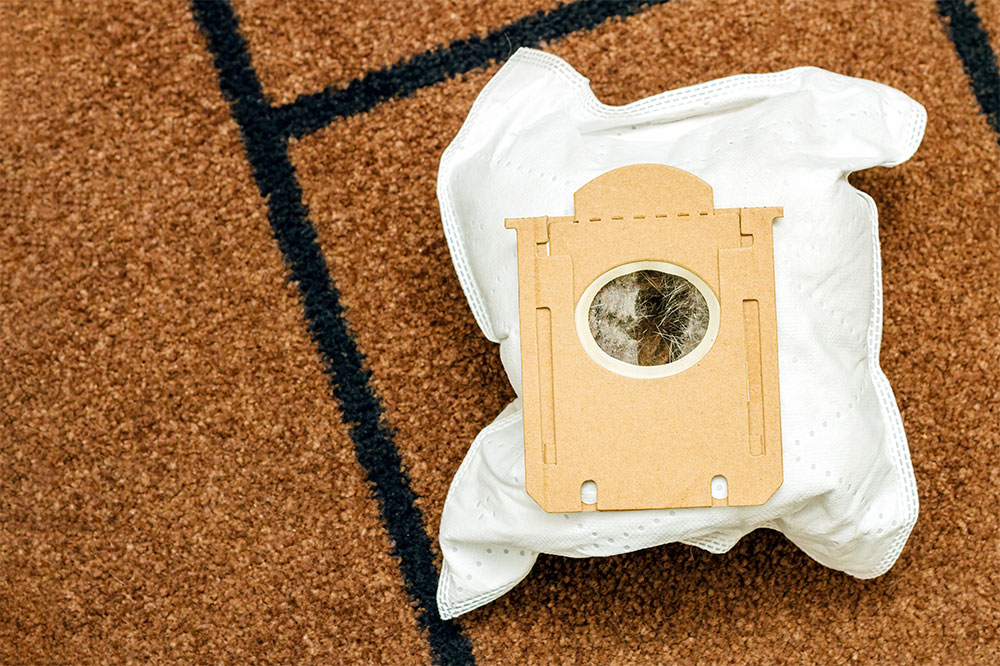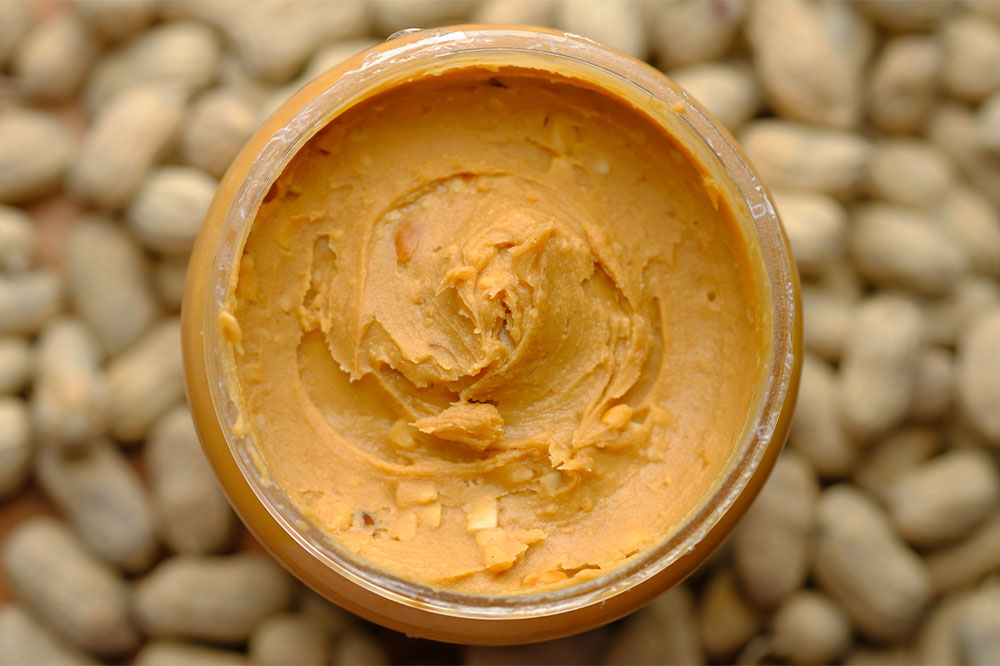Alzheimer’s disease – 3 tips for caregivers

Alzheimer’s is a neurologic disorder that progressively causes the brain cells to deteriorate. This condition’s repercussions are dementia, which makes functioning independently quite cumbersome. One’s behavioral, social, and thinking skills are affected, and the country has about 5.8 million people over 65 suffering from the disease. Alzheimer’s worsens with age, as more than 80% of patients are aged 75 and above. Here are three tips caregivers should follow to slow the progression of this condition:
Ensuring a balanced meal plan
Caregivers need to remember that there is no special nutritional regime for patients in such cases. Healthy foods and a balanced meal plan are enough to keep them strong.
The presence of certain nutrients that have neuroprotective effects. And leafy green vegetables like lettuce, cabbage, and kale can help against age-related cognitive decline. Vegetables like Brussels sprouts and cauliflower contain nutrients that act against Alzheimer’s symptoms, like vitamin B and carotenoids. Blueberries, blackberries, raspberries, and cherries are rich in anthocyanin, which helps protect the brain cells and reduce cognitive decline. These berries are also rich in anti-inflammatory agents like antioxidants and vitamins. Whole grains are rich in vitamin E, which lowers the risk of dementia. Antioxidant elements in this food reduce the buildup of beta-amyloid proteins, one of the factors responsible for the disease. Beans are a recommended part of nutrition because they are rich in protein and fiber and low in fat and calories. Nuts like almonds, cashews, peanuts, and walnuts contain vitamins E and B and minerals like magnesium. All these nutrients keep the brain healthy, especially during the aging process. Olive oil and flax seeds are rich in omega-3 fatty acids, which help fight dementia and maintain the brain’s health. Staying hydrated is crucial, but those with Alzheimer’s tend to forget or ignore their fluid needs. Caregivers need to ensure that the patient has small but regular amounts of fluids, including water, shakes, soups, smoothies, and juices.
Those with Alzheimer’s need to reduce their intake of foods with high saturated fats and bad cholesterol, like butter and lard. Another food type they need to avoid is those containing refined sugar because these translate into several calories but no healthy nutrients. Less salt and sodium content in foods are advised to maintain healthy blood pressure.
Inculcate disciplined eating habits
Those taking care of people with Alzheimer’s should ensure that there are few or no distractions for the patient during mealtimes. TVs, phones, etc., should not be near them while they eat. The table setup during mealtimes should be minimalistic, so they are not confused. Keeping simple designs of tablecloths and plates is always a good idea. Color contrasts can be used for easy identification by those with Alzheimer’s. Use basic utensils that are required for the meal. Using plastic material for napkins, tablecloths, etc., is a good idea because cleaning becomes a hassle-free process. A contrast in colors between foods and utensils on the table should help those with Alzheimer’s easily distinguish the food. When serving hot or cold food, caregivers should ensure that the temperature of the food is low enough not to burn the mouth. It is best not to force or pressure them to have a particular kind of food; exercising flexibility in this regard is a better step to take. One shouldn’t try to serve an overwhelming variety of meals in one go as it can be confusing. Serving one to two items at the same time is ideal. Sharing a meal alongside those with Alzheimer’s is a nice idea as engaging with them gets better. Meal times can be extended as one can be a slow eater and take their time finishing the food. Help should only be given when they are incapable of feeding themselves; otherwise, caregivers should let them eat independently. Serving food that is difficult to swallow or chew can cause choking.
Provide coping mechanisms
People with Alzheimer’s can show unpredictable behavior patterns and responses to different situations. Family members and caregivers need to understand the best way to handle such situations as well as the patient. Those with Alzheimer’s can understand only simple things, so communication should be easy for them to reciprocate. Fixing the patient’s everyday schedule or routine so that they are certain about things to follow can be quite helpful. Constant communication and engagement are two ways to reassure the person and make them feel safe. Cracking jokes and maintaining a humorous ambiance are advised. Showing negative behavior in front of those with Alzheimer’s is not the best way to deal with a situation. Arguing, getting angry, and showing frustration can impact their emotional levels. Caregivers should encourage them to go out for walks or exercise at home. Walking areas should be earmarked, keeping the safety of the person in mind. Asking them for assistance in daily tasks keeps their mind engaged and busy. Song and dance are ideal for keeping patients distracted.
Proper care should be taken to ensure that the patient’s body remains fulfilled with the basic nutrition needs. Poor nutrition can influence a person’s behavior as well as decrease their weight. Alongside, certain mealtime and daily tactics can help caregivers manage the patient better.







